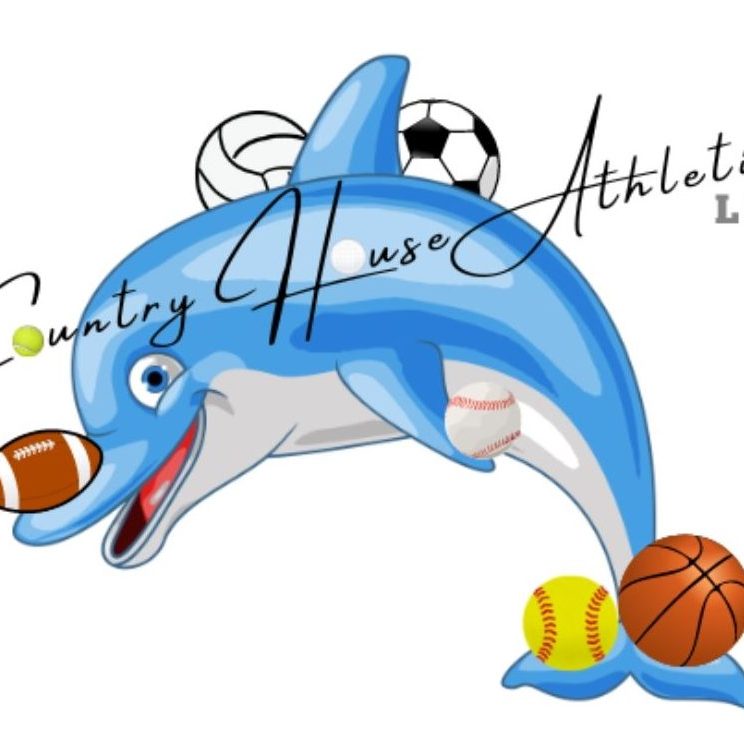We are back with our latest “What Every Parent Needs to Know” Blog Post here at Country House Athletics. This week’s topic is one that needs to be on alert for anyone dealing with youth or high school aged athletic injuries. Growth Plate Fractures are injuries that are commonly missed and overlooked. Understanding what it is, how it happens, and what to do if it occurs can make a big difference in your child’s long-term health and athletic career.
What Are Growth Plate Fractures?
Growth plates are areas of developing cartilage located at the ends of long bones in children and adolescents. These plates are responsible for bone growth and will eventually harden into solid bone once a child reaches what’s called skeletal maturity. Because they are the last portion of a bone to harden, they are more vulnerable to injury in this young age group. This injury is often overlooked and chalked up as a common sprain in the youth or adolescent athlete.
A growth plate fracture occurs when one of these areas is damaged due to trauma or repetitive stress. These injuries can happen in contact sports like football and basketball, as well as in overuse scenarios such as pitching in baseball or repetitive jumping in gymnastics.
How Do Growth Plate Fractures Occur?
Growth plate fractures can result from various situations, including:
- Acute Trauma: A fall, a collision with another player, or a sudden impact can cause a break.
- Repetitive Stress: Overuse injuries from repetitive motion, such as excessive throwing, running, or jumping, can lead to small fractures in the growth plate.
- Twisting Movements: Certain sports like soccer or basketball involve rapid changes in direction, which can increase the risk of these fractures.
Signs and Symptoms
Since the injury is often overlooked, a growth plate fracture may not always be obvious, but some signs to watch for include:
- Persistent pain, swelling, or tenderness near a joint
- Difficulty moving the affected limb or putting weight on it
- A visible deformity in severe cases
- A noticeable decrease in athletic performance due to pain or discomfort
What to Do If You Suspect a Growth Plate Fracture
If your child experiences persistent pain or has difficulty using a limb, it’s important to seek medical attention as soon as possible. Your physician will typically perform an X-ray or other imaging tests to confirm the diagnosis.
Treatment may include:
- Immobilization: A cast, splint or boot may be used to allow proper healing.
- Treatment: Once sufficient healing has taken place, treatment and rehabilitation can help restore strength and flexibility.
- Activity Modification: Avoiding high-impact or repetitive activities until cleared by a medical professional.
Preventing Growth Plate Injuries
While not all injuries can be prevented, you can reduce the risk of growth plate fractures by taking the following steps:
- Encourage proper warm-ups and stretching before activity.
- Limit repetitive movements, especially in sports that involve a lot of throwing or jumping.
- Ensure your child has proper protective equipment when playing contact sports.
- Promote rest and recovery to avoid overuse injuries.
Final Thoughts
Growth plate fractures can be a serious concern for young athletes, but with early recognition and proper treatment, most children recover fully. If your child is experiencing persistent pain, don’t ignore it—consult a healthcare professional to ensure their continued growth and athletic success.
At Country House Athletics LLC, we’re committed to helping parents and athletes stay informed and proactive about sports injuries. Check back every Saturday as we continue to provide expert insights to keep your athlete performing at their best!

No responses yet